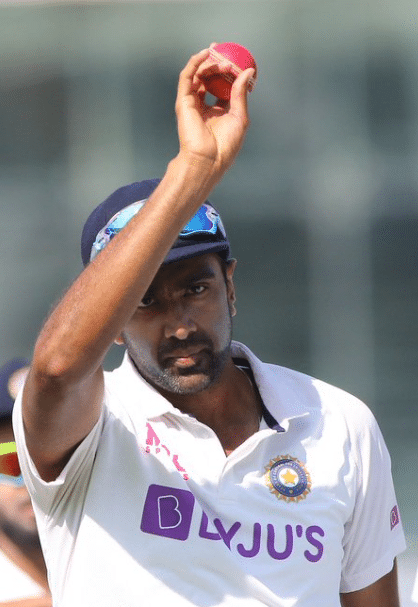
The report indicates that hate speech, particularly from prominent figures like Prime Minister Narendra Modi, received little to no response from the Election Commission of India, which has been notably weakened.
State of Free Speech in India: Analysis and Concerns Ahead of Lok Sabha Elections
The Free Speech Collective, a group that monitors free speech violations in India, released a report analyzing incidents of censorship and attacks on free expression leading up to the Lok Sabha elections. The report found 134 instances of violations, including crackdowns on journalists, academics, and YouTubers. These violations ranged from attacks and threats to defamation cases. The Collective tracked various parameters such as censorship in media, academia, entertainment, and social media, as well as harassment and legal actions against journalists. According to the report, free speech in India is in a dangerous state, with declining press freedom indices highlighting the growing risks. While the report didn’t cover hate crimes, it noted the lack of action by the Election Commission of India against hate speech, particularly from prominent figures like Prime Minister Narendra Modi, despite public outcry and official complaints.
Uttarakhand had the most free speech violations, totaling 10 incidents, followed by Maharashtra with nine. Haryana experienced the highest number of internet shutdowns due to the farmers’ protest, followed by Punjab and Manipur. Manipur had the longest internet shutdown period from May to December 2023, with intermittent shutdowns continuing.
Regarding attacks on journalists, the report found that 34 journalists were attacked within a four-month period. Since the start of 2024, five journalists were arrested, and three were granted bail. Kashmiri journalist Aasif Sultan, who had been in custody since 2018, was re-arrested under the Unlawful Activities Prevention Act (UAPA) just four days after being granted bail in earlier cases.
The report highlighted 46 cases of censorship across various platforms such as entertainment, social media, academia, and news media. However, it suggested that this number might be an underestimate since one incident could lead to the blocking of multiple accounts. For example, during discussions surrounding the consecration of the Ram temple in Ayodhya in January, over a hundred social media accounts were blocked. Similarly, during the farmers’ protests in Haryana the following month, at least 177 social media accounts and web links were blocked under section 69A of the IT Act.
Regarding entertainment, the movie Monkey Man, despite a global release in April, hasn’t been certified for release in the country. The report speculated that this could be due to its overtly political content.
The report highlights problems in academia too. It mentions 24 instances of free speech violations, with online and offline “vigilante groups” contributing to the issue. For instance, a Mumbai school Principal faced backlash for liking tweets supporting Palestine. Additionally, students were attacked for showing documentaries like “Ram ke Naam,” which questioned the construction of a temple in Ayodhya.
The report also mentions the case of PhD scholar Ramadas KS, who was suspended for two years from all TISS campuses for his involvement in activities labeled as “anti-national,” including participating in a protest march against government education policies. TISS then banned students from organizing protests, screening documentaries, hosting online seminars, workshops, or meetings involving politicians on campus until the end of elections.
The news media faced censorship regardless of language or platform. For example, the magazine Caravan was told to remove an article titled “Screams from the Army Post: The Indian Army’s torture and murder of civilians in a restive Jammu” by the Ministry of Information and Broadcasting (MIB). Hindi YouTube channels like Bolta Hindustani and National Dastak received emails from YouTube about notices from the MIB to block their channels.
The government also aimed to regulate information dissemination, particularly online. On April 4, 2024, the MIB formed a ten-member committee of bureaucrats to determine the scope of online information regulation, similar to rules for print and electronic media.
The report highlighted partisan biases in mainstream media and threats to independent media. It warned that with mainstream media swinging between partisan advocacy and self-censorship, the last space for informing the public could disappear. While partisan sections of mainstream media spread divisive agendas without consequences, independent media faces punishment and struggles for visibility.


